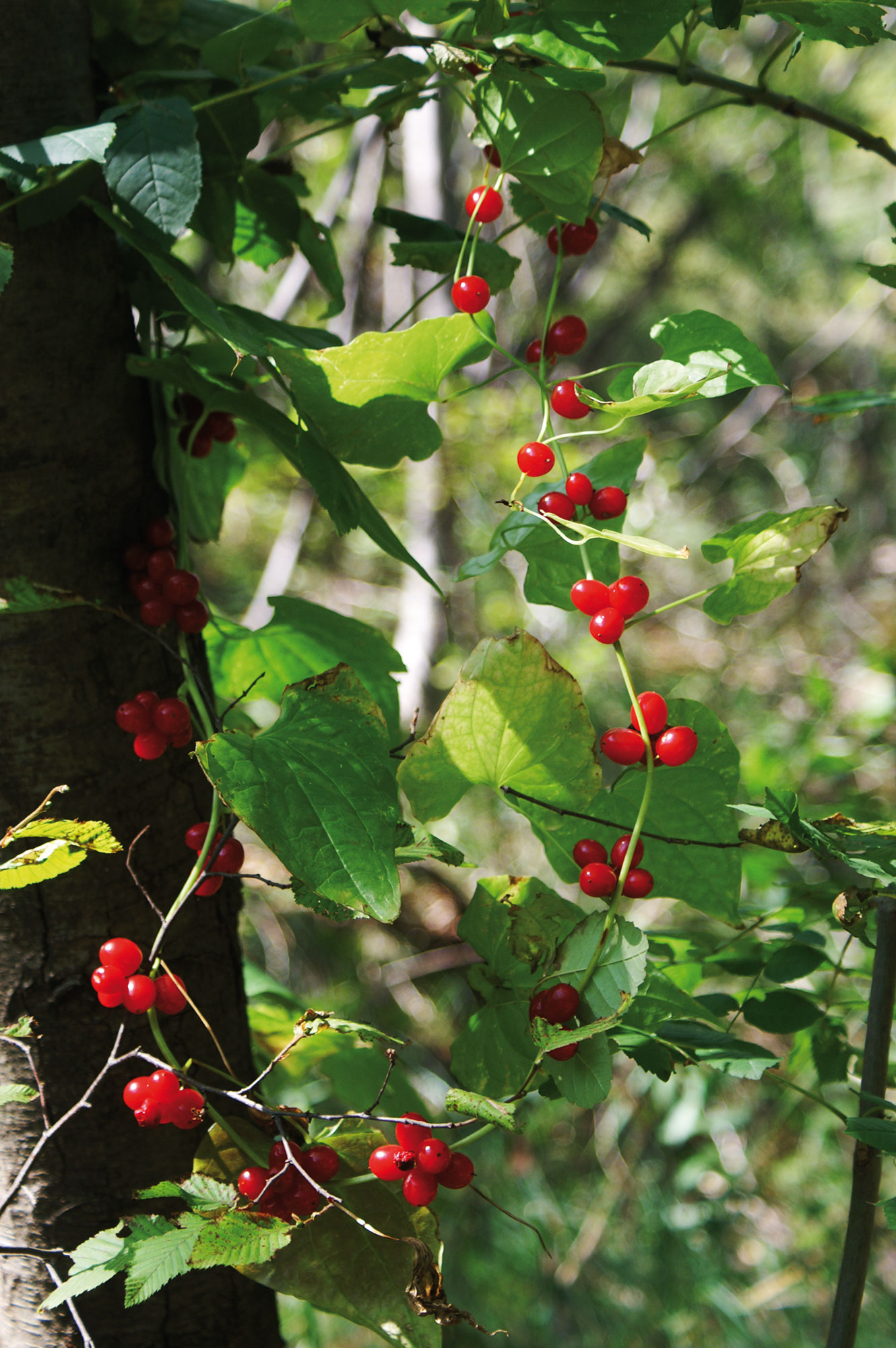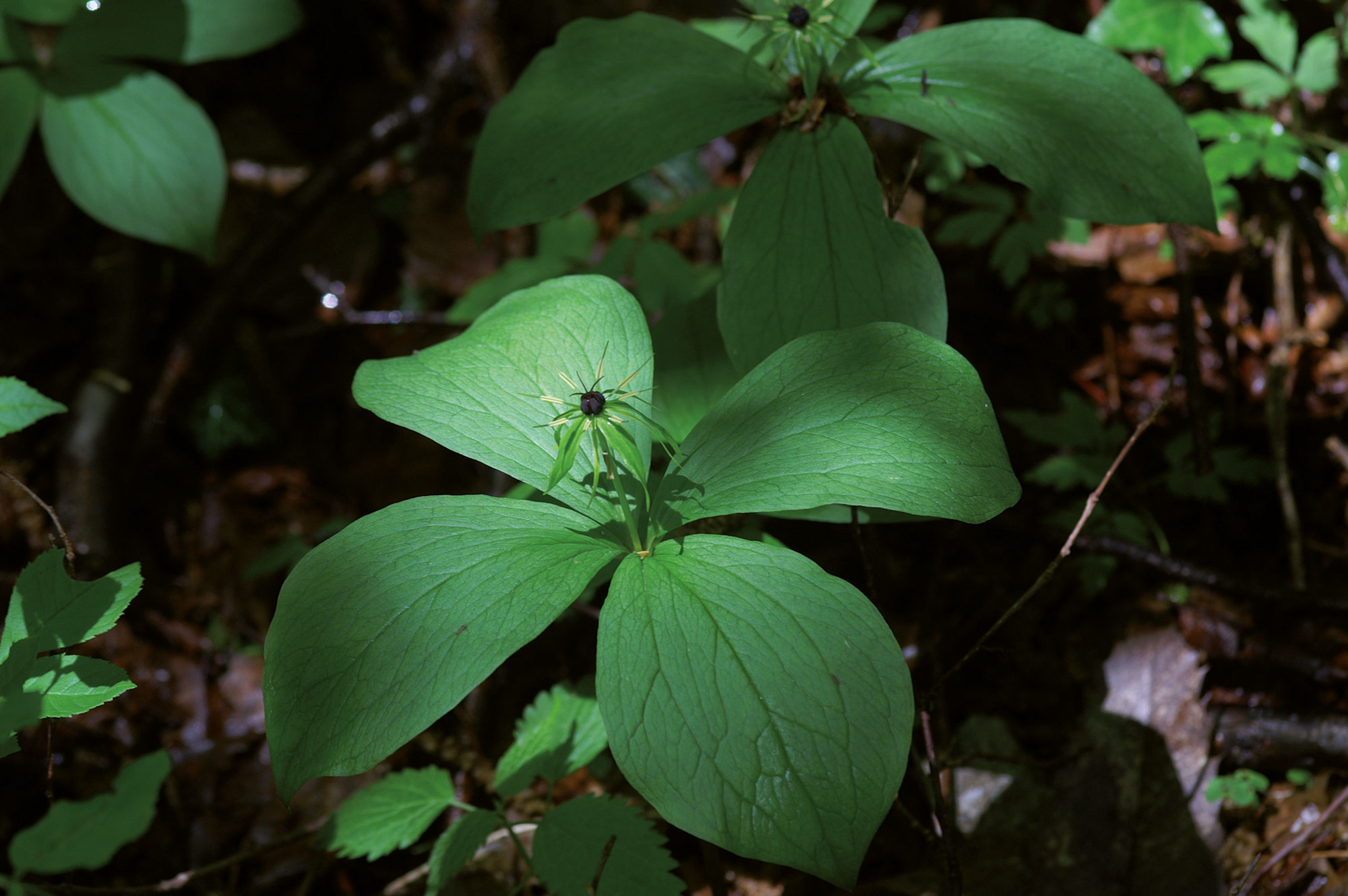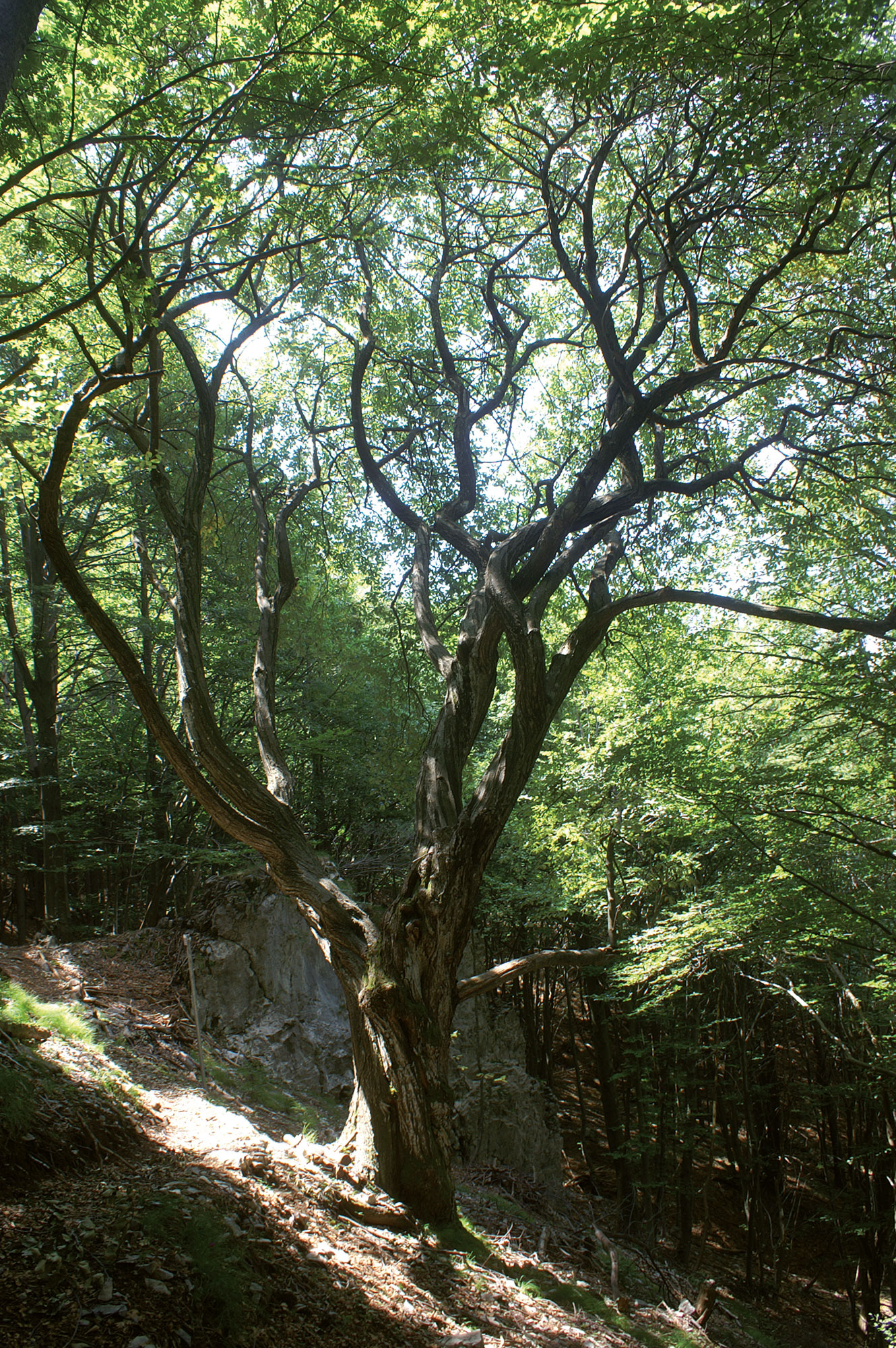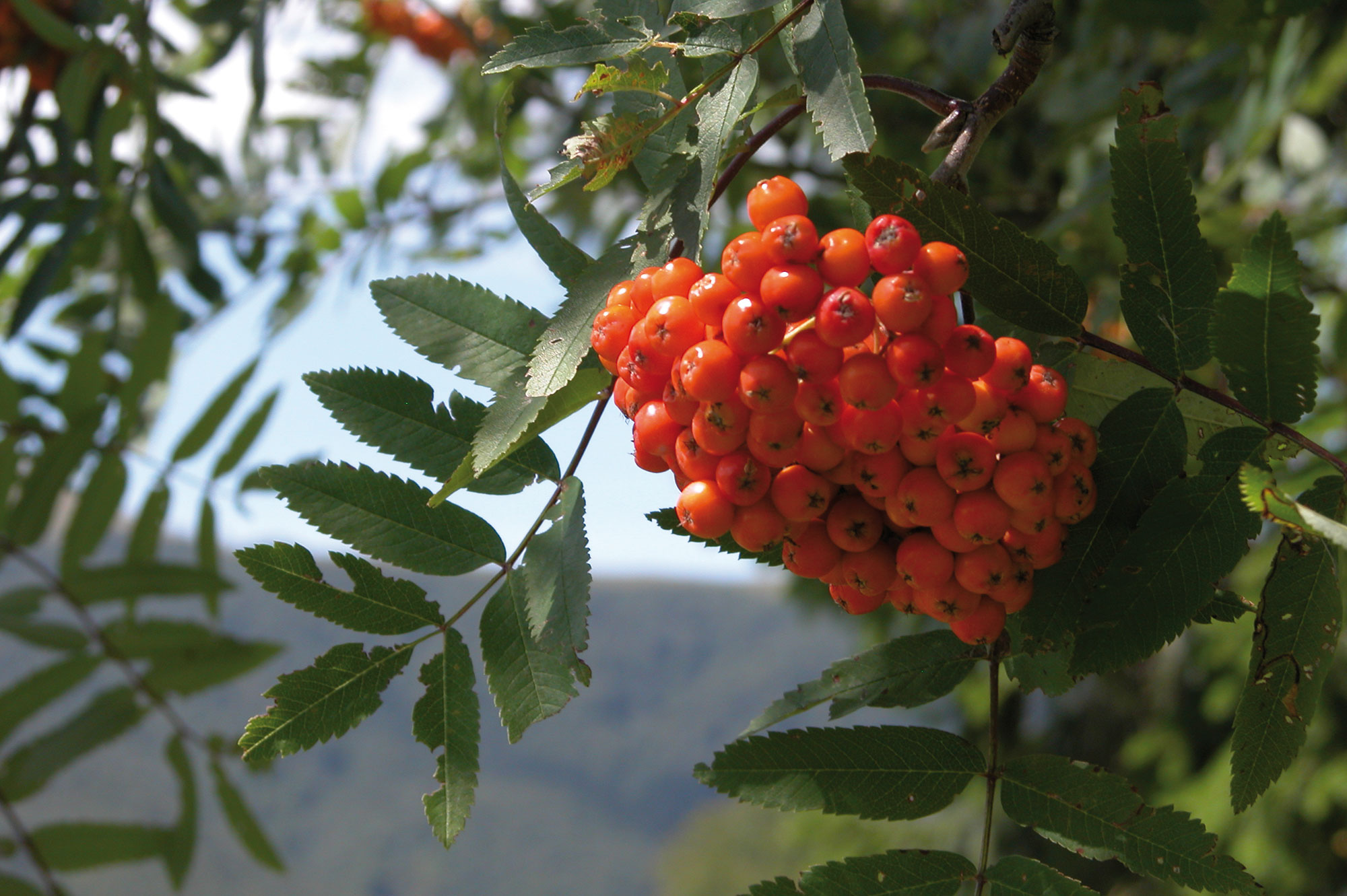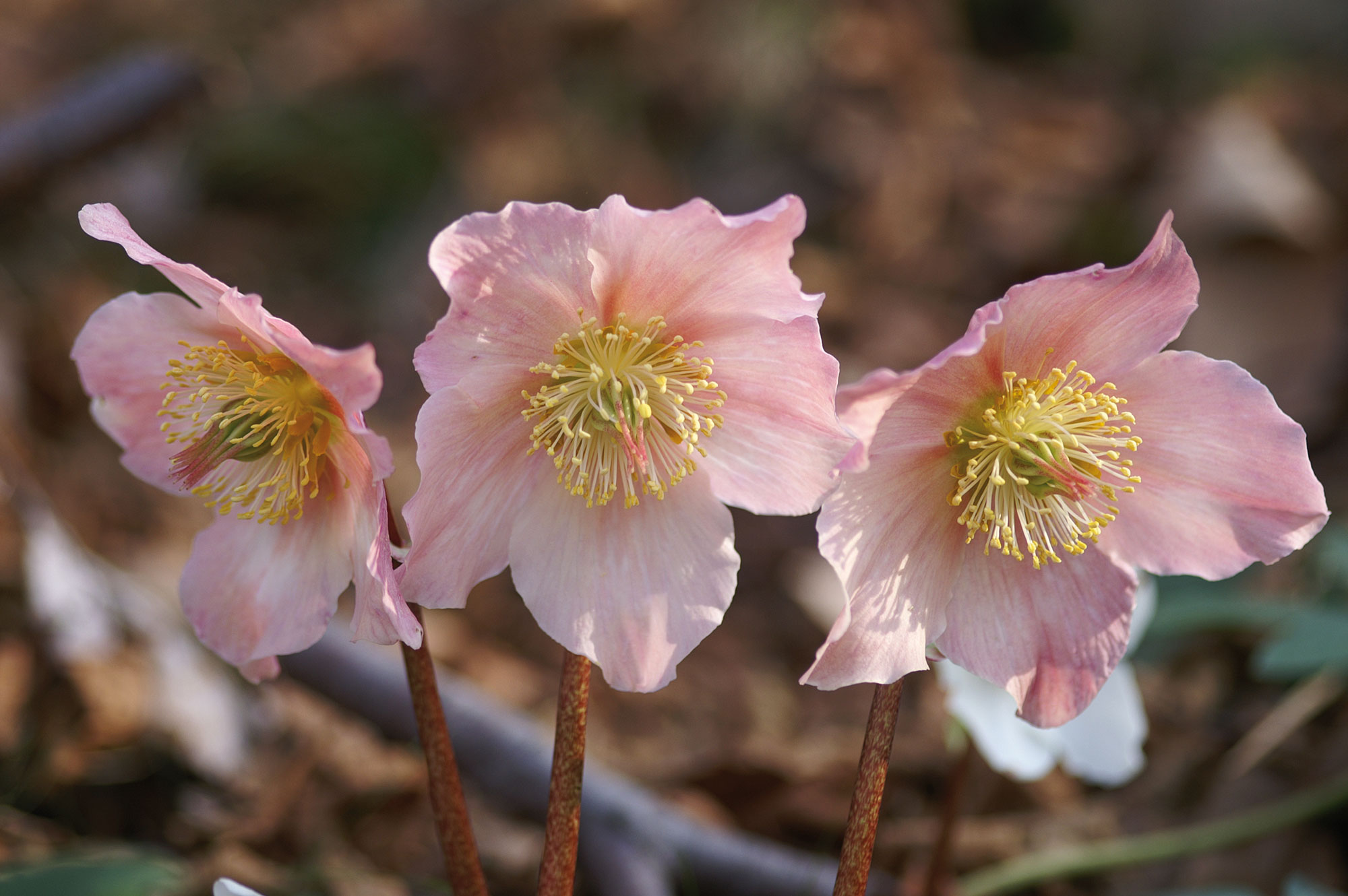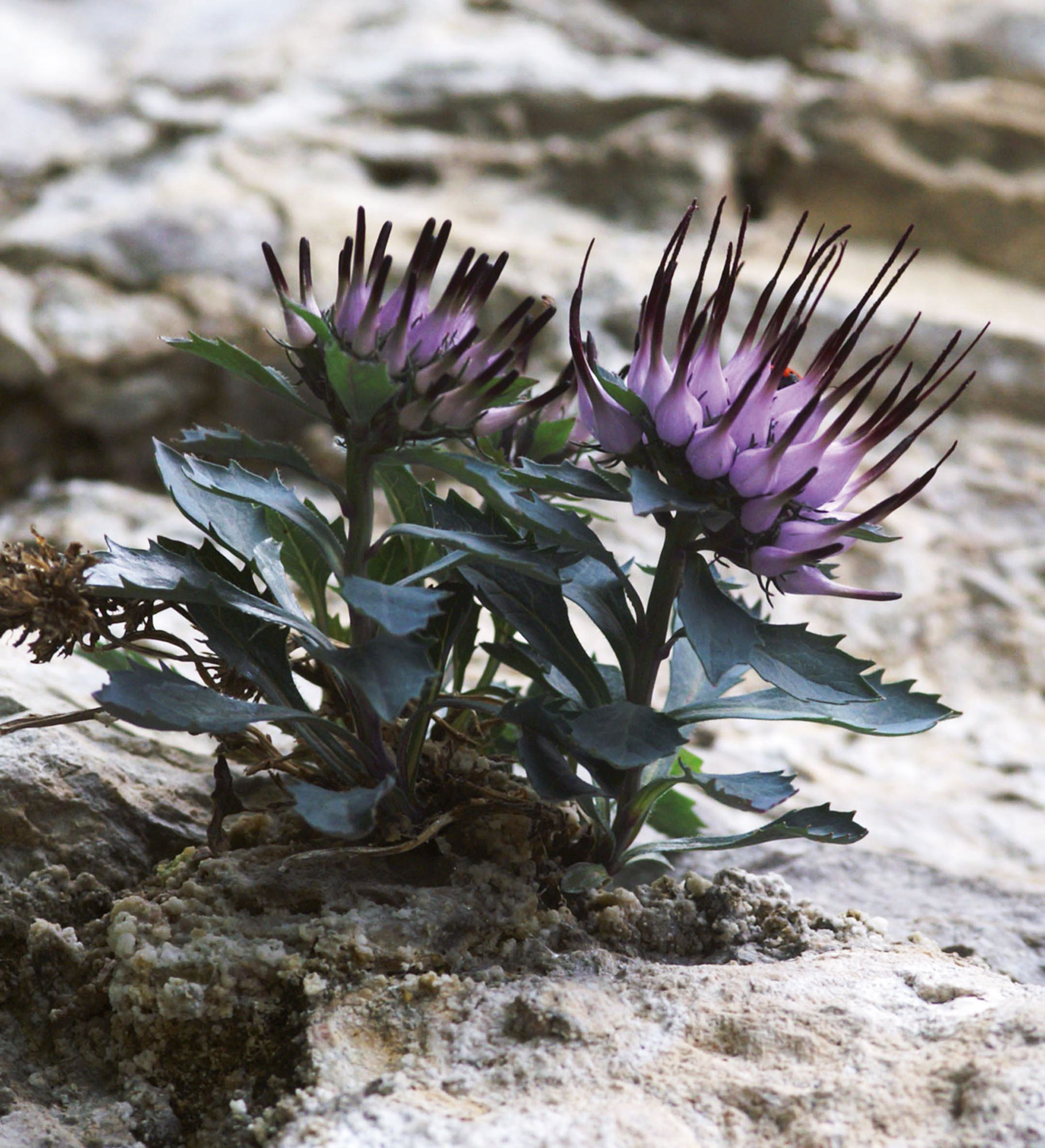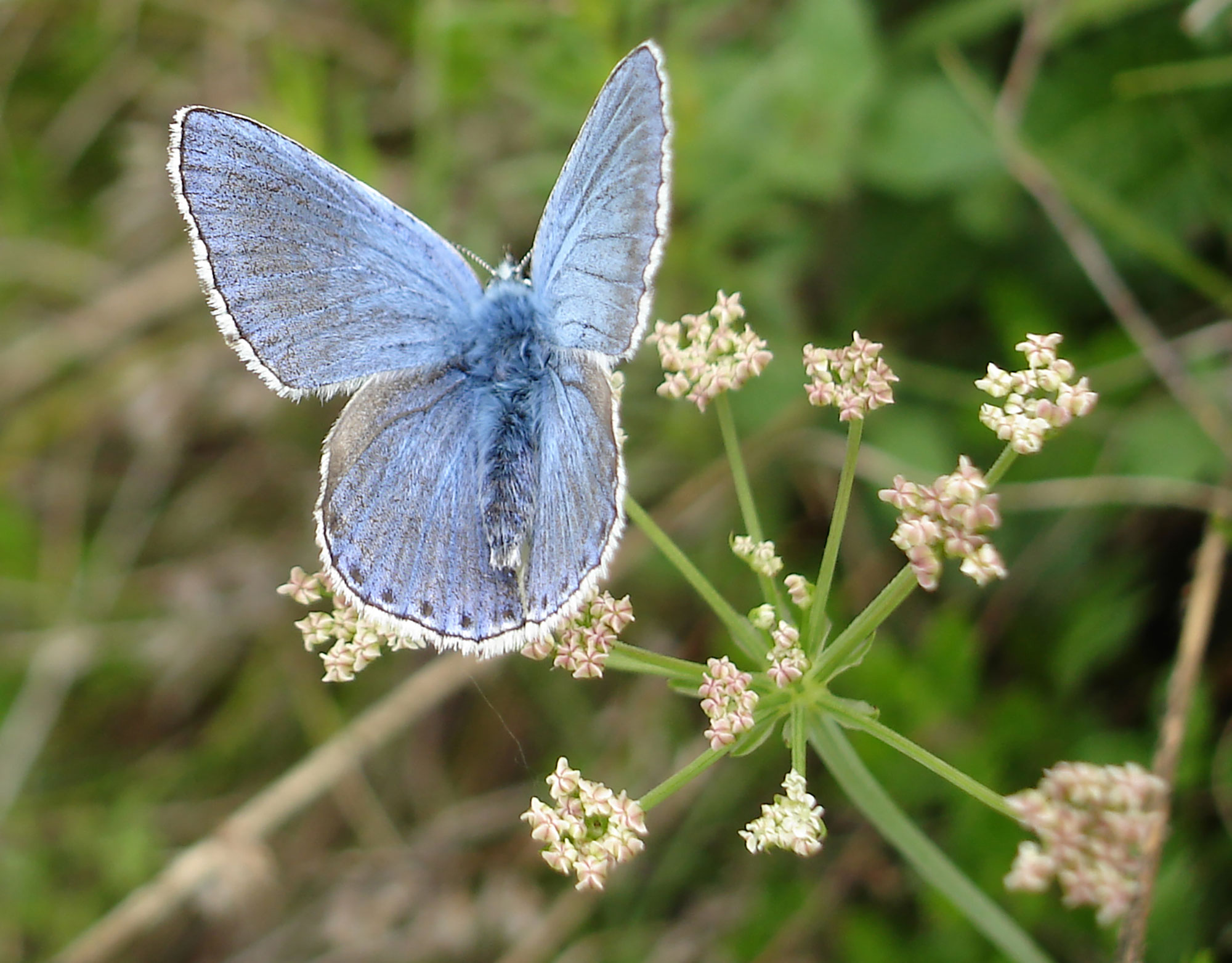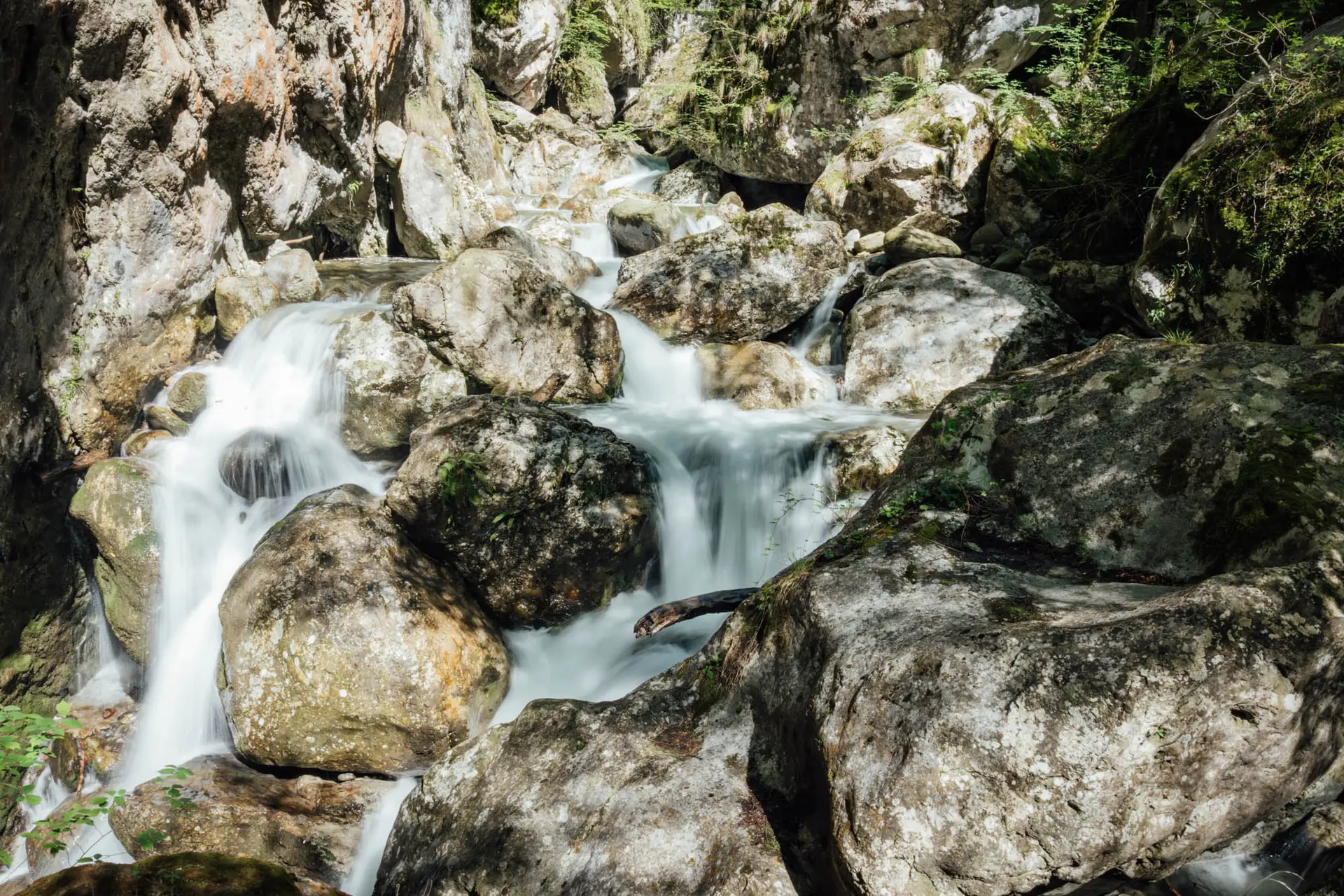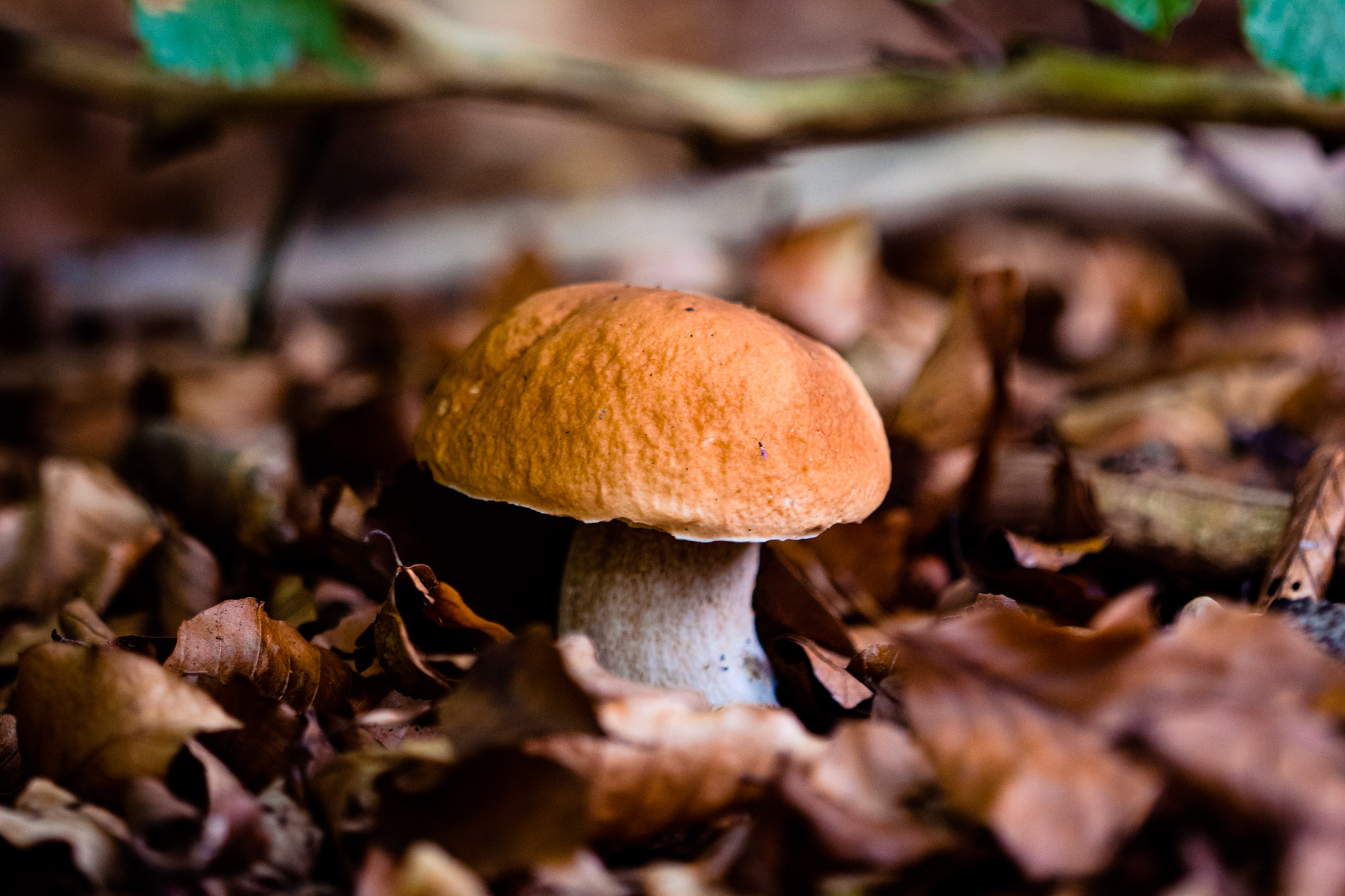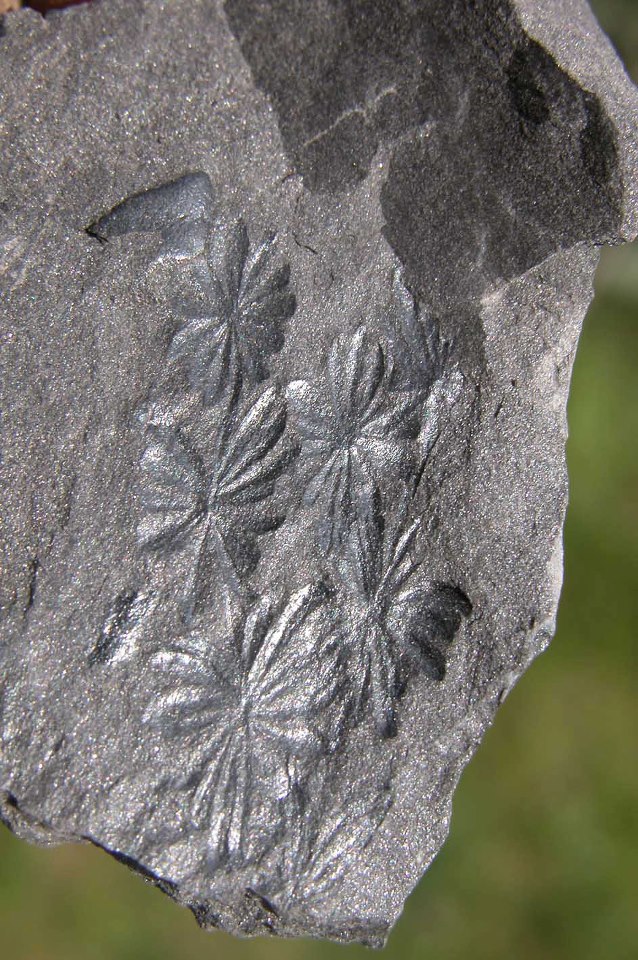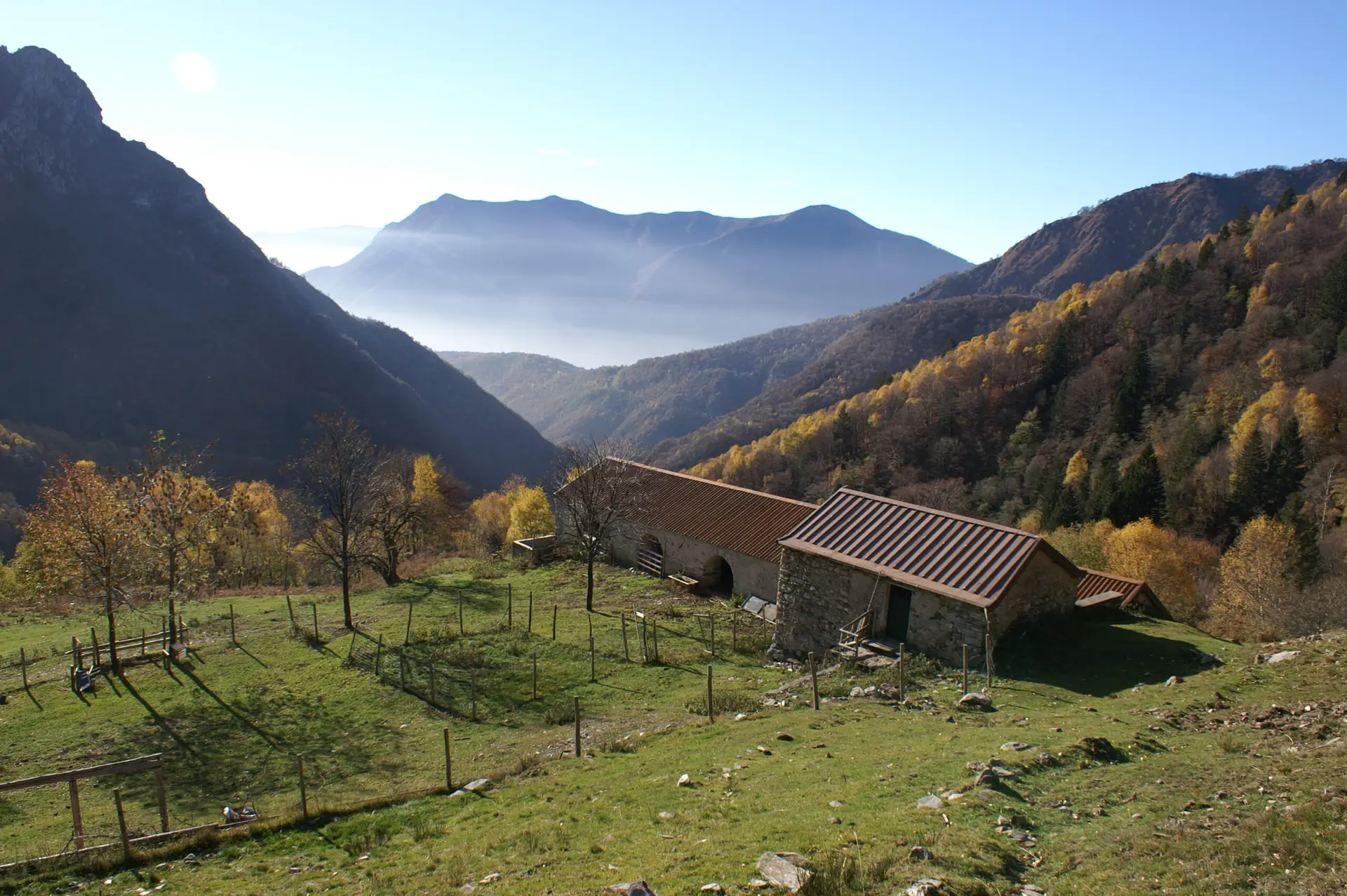Flora of the Park
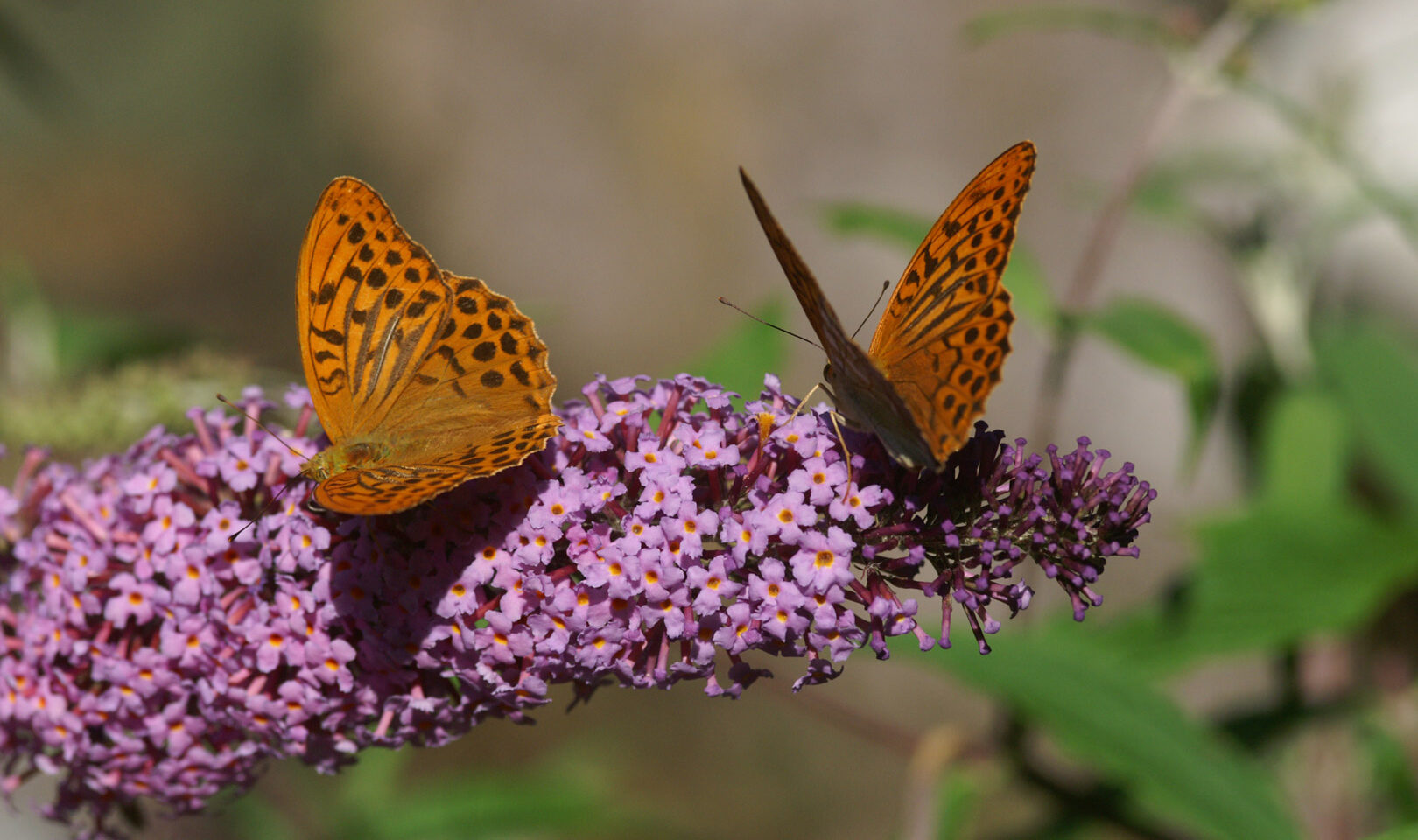
A heritage to be preserved
The presence of the Grona line and the resulting geological contrast between the two sides of the fault favored the formation of a extraordinarily rich floristic heritage and varied.
Rock outcrops to the north, belonging to the Crystalline Basement, give rise to neutral-acidic soils, ideal for acidophilic or neutrophilic plants. In contrast, the rocks in the southern sector, belonging to the Main Dolomite and Zorzino Limestone, generate neutral-basic soils, suitable for species with different ecological needs.
The coexistence of such different substrates has created conditions for a "double" biodiversity, enriching the landscape mosaic of the valley.
This pattern, however, is not rigid: many species show high adaptability and manage to settle even in less than ideal environments.
In addition, the vestiges of quaternary ice ages - particularly the influence of the Abduan glacier-have left moraine deposits and siliceous erratic boulders even on limestone soils, allowing acidophilic species to occur in basic settings.
One striking example is the erratic boulder known as "Pendula," which can be seen near the Chioderia farm.
It is enough to cross the fault to grasp the ecological change: one can observe, for example, Ferruginous rhododendron On siliceous soils and Shaggy Rhododendron On limestones, or alternation between Sesleria e mountain pine on limestone and Nardo With acidophilic species on silica.
FLORA
Endemisms and Rare Species
The Sanagra Valley is distinguished by its exceptional floristic richness and the presence of rare and localized species. The special geographical and climatic conditions have favored the preservation of endemisms and floristic relicts of great value.
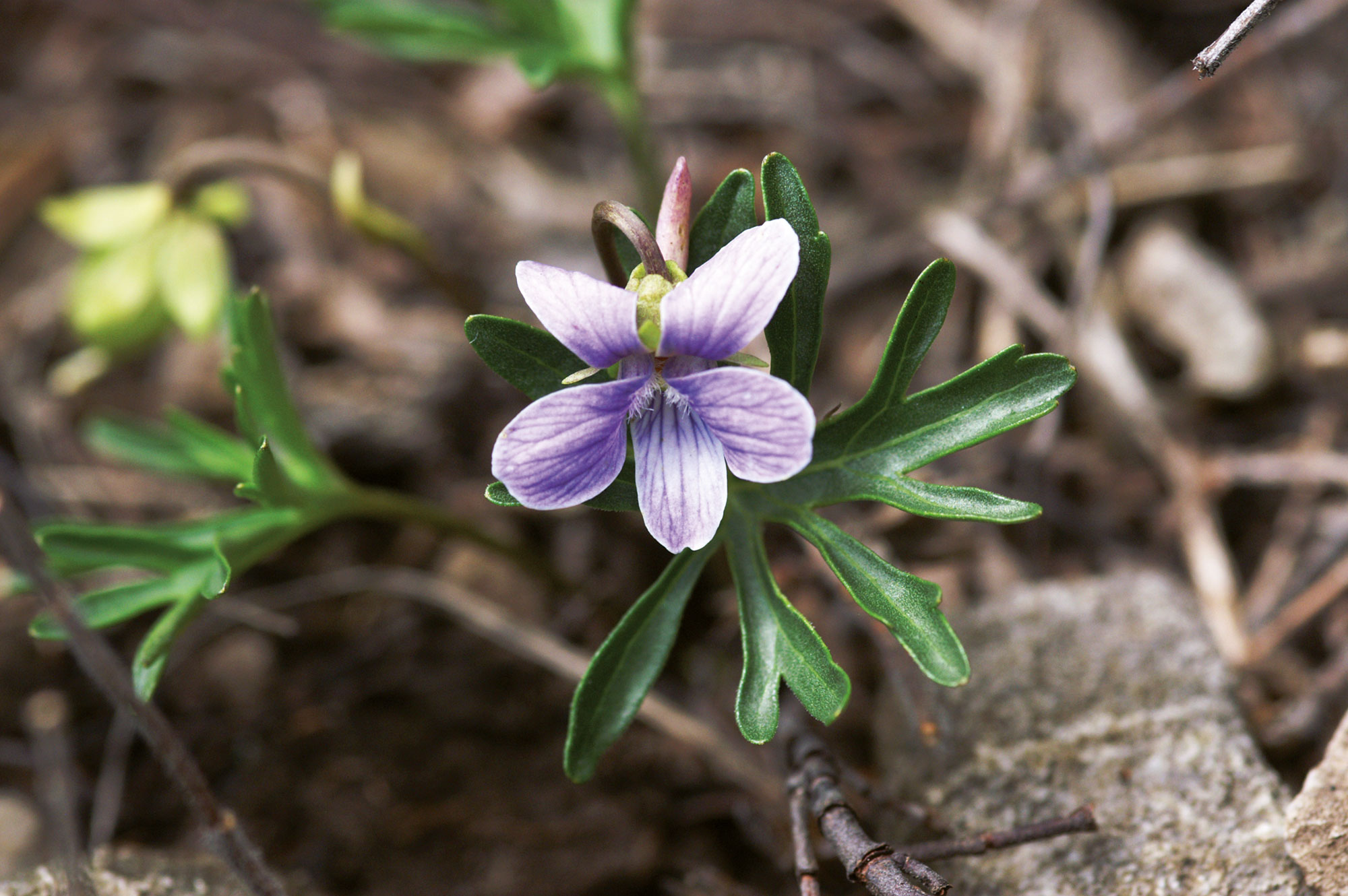
Research conducted over time has surveyed numerous endemisms, i.e., species found only in restricted ranges: from the central Alps to Insubria, to shared distributions between Italy and neighboring regions such as Slovenia.
The Sanagra Valley also forms the western limit for some of these species, confirming its biogeographical importance already noted by Helvetic botany.
Among the rare species reported in the valley include. Viola pinnata e Minuartia capillacea, both with very localized presence. The climate mitigated by lakes Como and Lugano has also favored the survival of Mediterranean elements, such as theErica arborea and the rare fern of Crete (Pteris cretica).
HABITAT
The Woods
The forest vegetation of the Sanagra Valley is organized into altitudinal belts, influenced by geological substrate, exposure, anthropogenic use and microclimate.
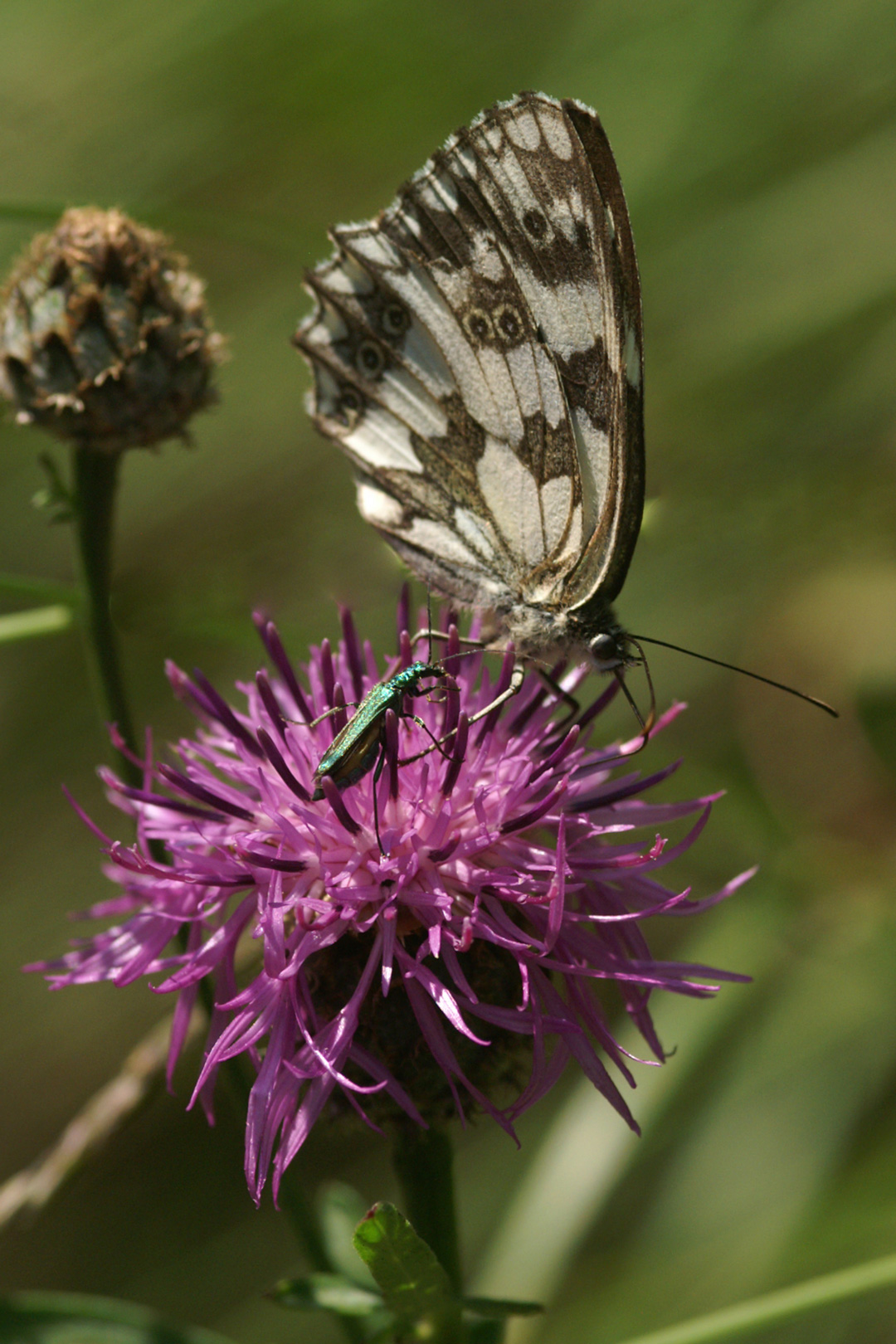
At lower altitudes Thermophilic broadleaf trees dominate on calcareous soils: downy oak (Quercus pubescens), hornbeam (Ostrya carpinifolia) and, due to the mild climate, also theornello (Fraxinus ornus).
Higher, mesophyll broadleaf trees appear: hornbeam, oak, eldest ash, elm, kernel, hawthorn, priest's hat e snowball.
On the cool, moraine slopes extend chestnut groves with undergrowth at aquiline fern, blueberry e white firefly (Luzula nivea).
In the ravines and gorges incised by the Sanagra stream, the vegetation becomes moist and shady: appearing rate, lime tree, mountain elm, priest's cap, cervine tongue, male fern, tricomaniac, polypodium, makeshift palm (Trachycarpus fortunei) and laurella (Daphne laureola).
The undergrowth here is rich in geophytes such as bell, fox grapes, bear garlic, anemone nemorosa e anemone ranunculoides.
At the higher altitudes (1000-1100 m), the beech forests take over. Differentiated by soil, they are divided into:
- Acid beech forests (with Luzula nivea),
- mesophyll-humid (with ferns),
- Thermophilic on limestone.
With beech, it can coexist with or replace thespruce (Abies alba), an anomalous species among conifers because of its predilection for moist and shady environments.
Le fir trees of the Sanagra Valley, rare in the Larian area, constitute a valuable forest heritage. Also the mountain pine (Pinus mugo), found in discontinuous form on the dolomite slopes of Grona and Piaggia, is a distinctive feature of the valley.
The 1950s and 1960s saw plantings of spruce e larch, now considered questionable for ecological balance.
The abandonment of alpine pastures encouraged the spread of pioneer thickets to birch tree, coalmen's broom e aquiline fern, which in some cases threaten native habitats.
HABITAT
The grasslands
Grassland formations are scattered, fragmented and differentiated by moisture and altitude.
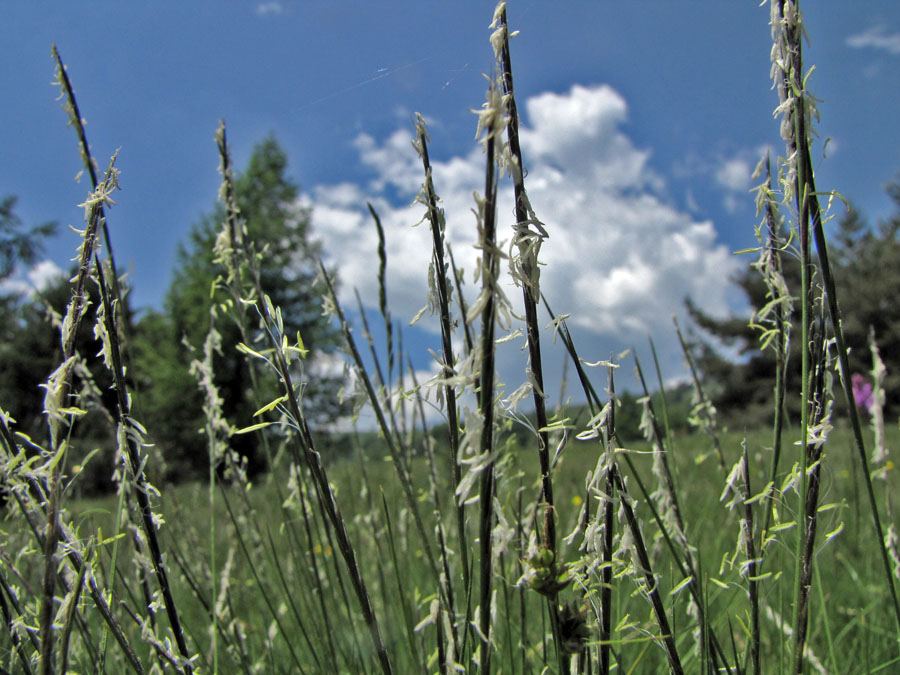
Below 1500 m, there are natural meadows with Centaurea nigrescens; in drier conditions, lean meadows emerge with Chrysopogon gryllus e Stipa pennata, floristically rich environments, particularly of orchids.
Pastures are the most widespread form and reflect the intensity of historical grazing. Under high-pressure conditions, nard groves develop, dominated by Nardus stricta, with variations related to moisture: from dry slopes with dwarf juniper To wet ones where they expand alder green e blueberry.
HABITAT
The cliffs
Rock vegetations are the only ones that have not undergone significant anthropogenic modification and vary according to the nature of the rock.
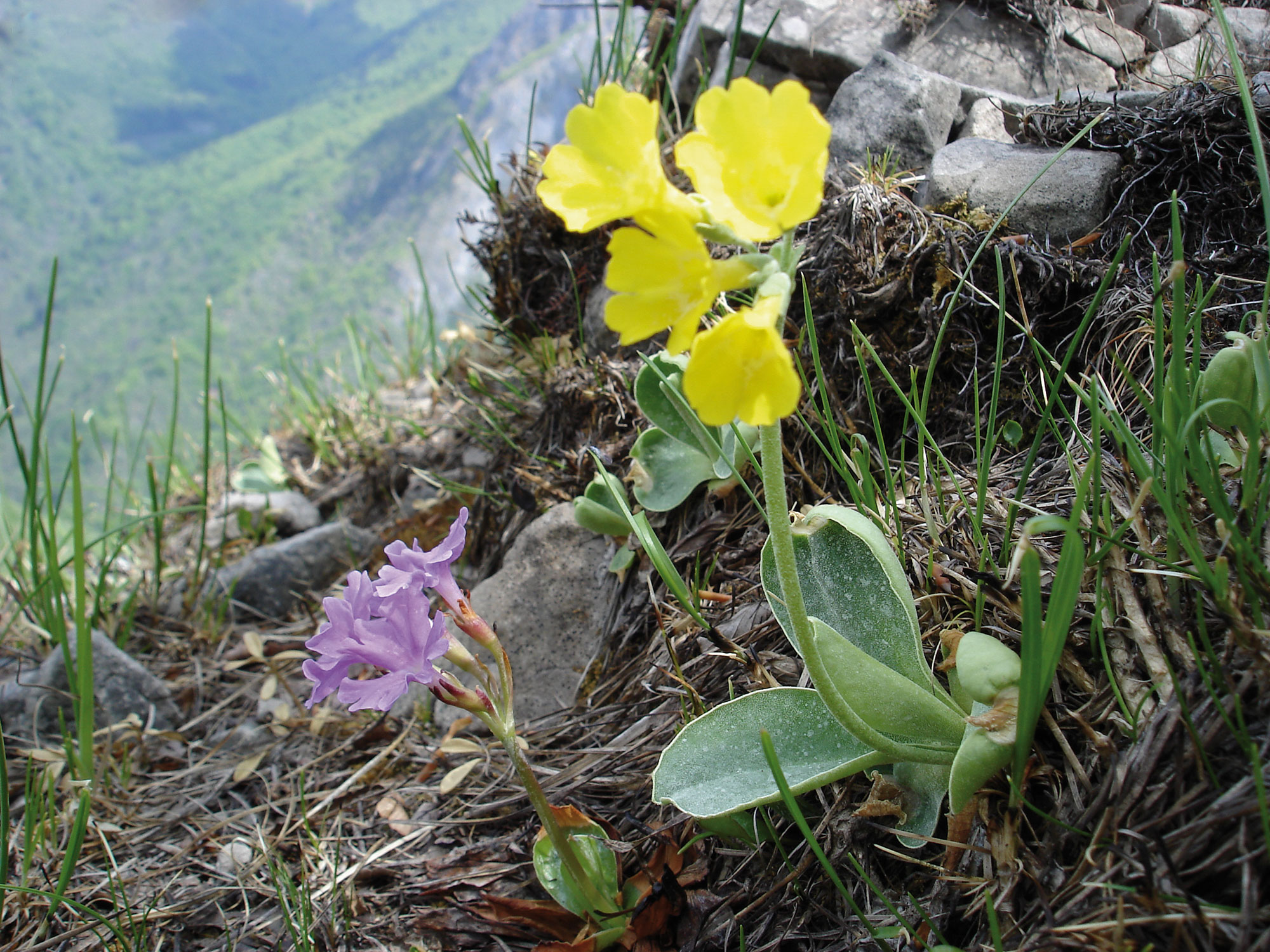
Rare species and Insubrian endemics grow on the limestone cliffs of Grona and Piaggia, including: Potentilla caulescens, Valeriana saxatilis, Asplenium ruta muraria, Phyteuma scheuchzeri, Kernera saxatilis, Globularia cordifolia, Campanula raineri, Primula auricula, Saxifraga caesia, Carex australpina.
Siliceous cliffs, which are floristically poorer, are home to species such as. Asplenium septentrionale e Hirsute primrose, as well as stony aggregates with Alchemilla vulgaris e Festuca ticinensis.
Finally, the summit of Mt. Grona, thanks to the disintegration of the cliffs, is home to fragments of alpine meadow, a rare occurrence in the foothills of the Alps. Representative species include: Carex signature e Dryas octopetala.
In the Museum Collections.
Flora
No results available
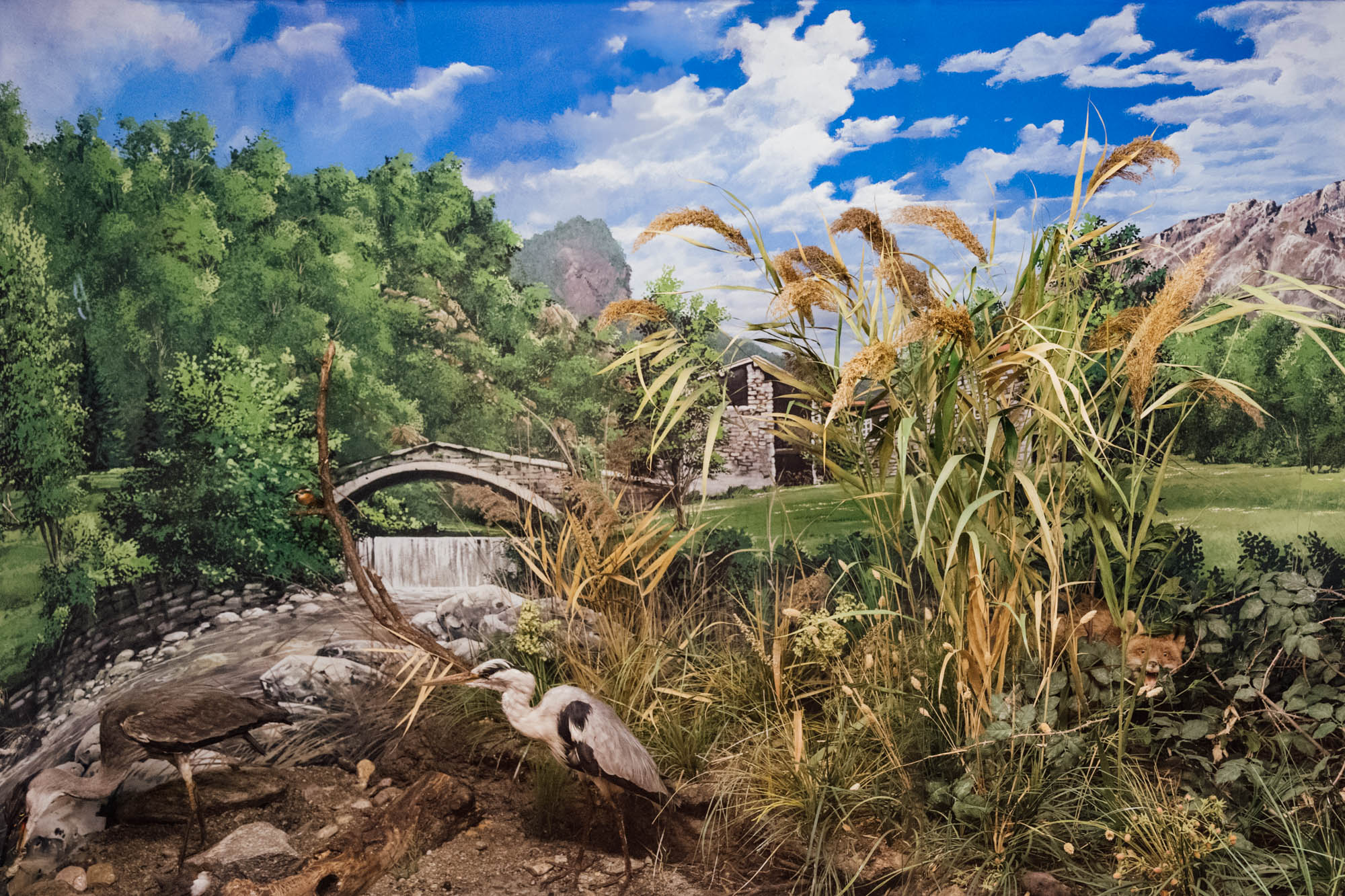
Explore the Flora of the Sanagra Valley at the Museum
From ancient oaks to alpine meadows, discover the Park's rich vegetation through realistic dioramas.
